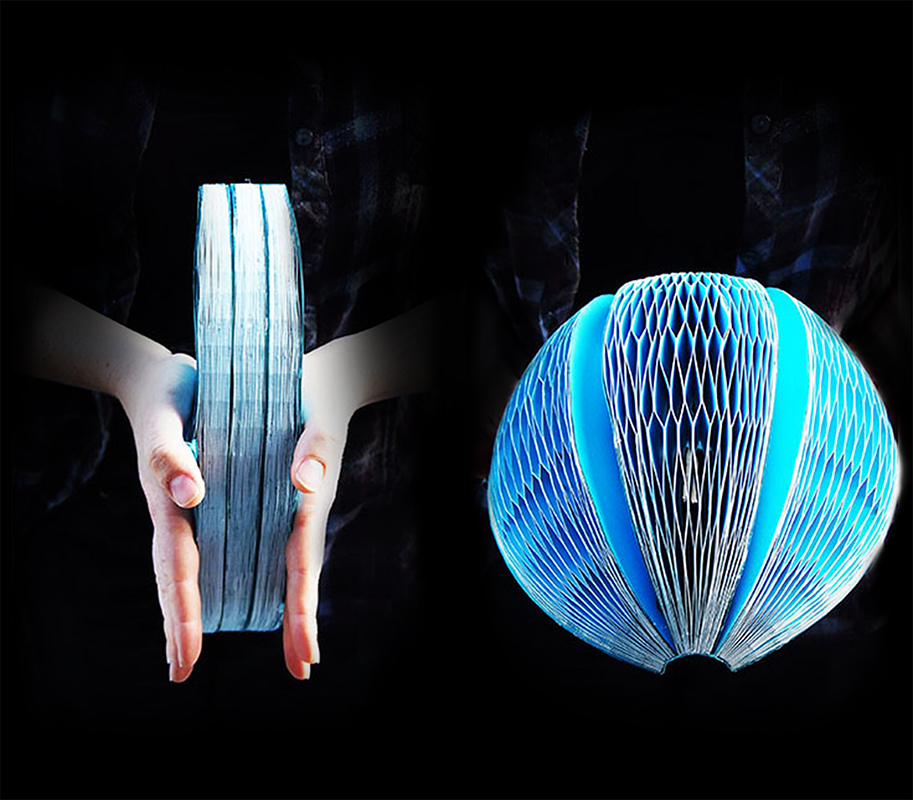
Foldable Cardboard 'EcoHelmet' Wins James Dyson Award's Top Prize

The James Dyson Foundation announced today (Nov. 17) that Isis Shiffer is the 2016 International Winner of the James Dyson Award for her EcoHelmet design — a collapsible, biodegradable bike helmet that can be dispensed through vending machines at urban bike-share stations.
The contest awarded Shiffer $45,000, and provided an additional $7,500 to the university department where she studied design and engineering.
Sir James Dyson, inventor and founder of the award, praised the EcoHelmet for presenting a simple and "elegant" solution to the problem of providing cheap, accessible helmets to users of urban bike-share programs.
The EcoHelmet, which is made entirely of cardboard, is compact enough to fit in a laptop bag when folded. It cushions the wearer's head with honeycomb-patterned paper that absorbs and distributes impacts, protecting cyclists from injury.
"I look forward to seeing EcoHelmets used in bike shares across the world," Dyson said in a statement.
International runners-up include "Respia," an asthma management system that uses a wearable patch to monitor respiratory health and detect distress more quickly, and the "Smart Contact Lens Platform," which employs sensors embedded in a contact lens to track glucose levels for diabetics.
Read more about the EcoHelmet and other designs recognized by the James Dyson Foundation in 2016.
Get the world’s most fascinating discoveries delivered straight to your inbox.
Original article on Live Science.

Mindy Weisberger is a science journalist and author of "Rise of the Zombie Bugs: The Surprising Science of Parasitic Mind-Control" (Hopkins Press). She formerly edited for Scholastic and was a channel editor and senior writer for Live Science. She has reported on general science, covering climate change, paleontology, biology and space. Mindy studied film at Columbia University; prior to LS, she produced, wrote and directed media for the American Museum of Natural History in NYC. Her videos about dinosaurs, astrophysics, biodiversity and evolution appear in museums and science centers worldwide, earning awards such as the CINE Golden Eagle and the Communicator Award of Excellence. Her writing has also appeared in Scientific American, The Washington Post, How It Works Magazine and CNN.
 Live Science Plus
Live Science Plus





